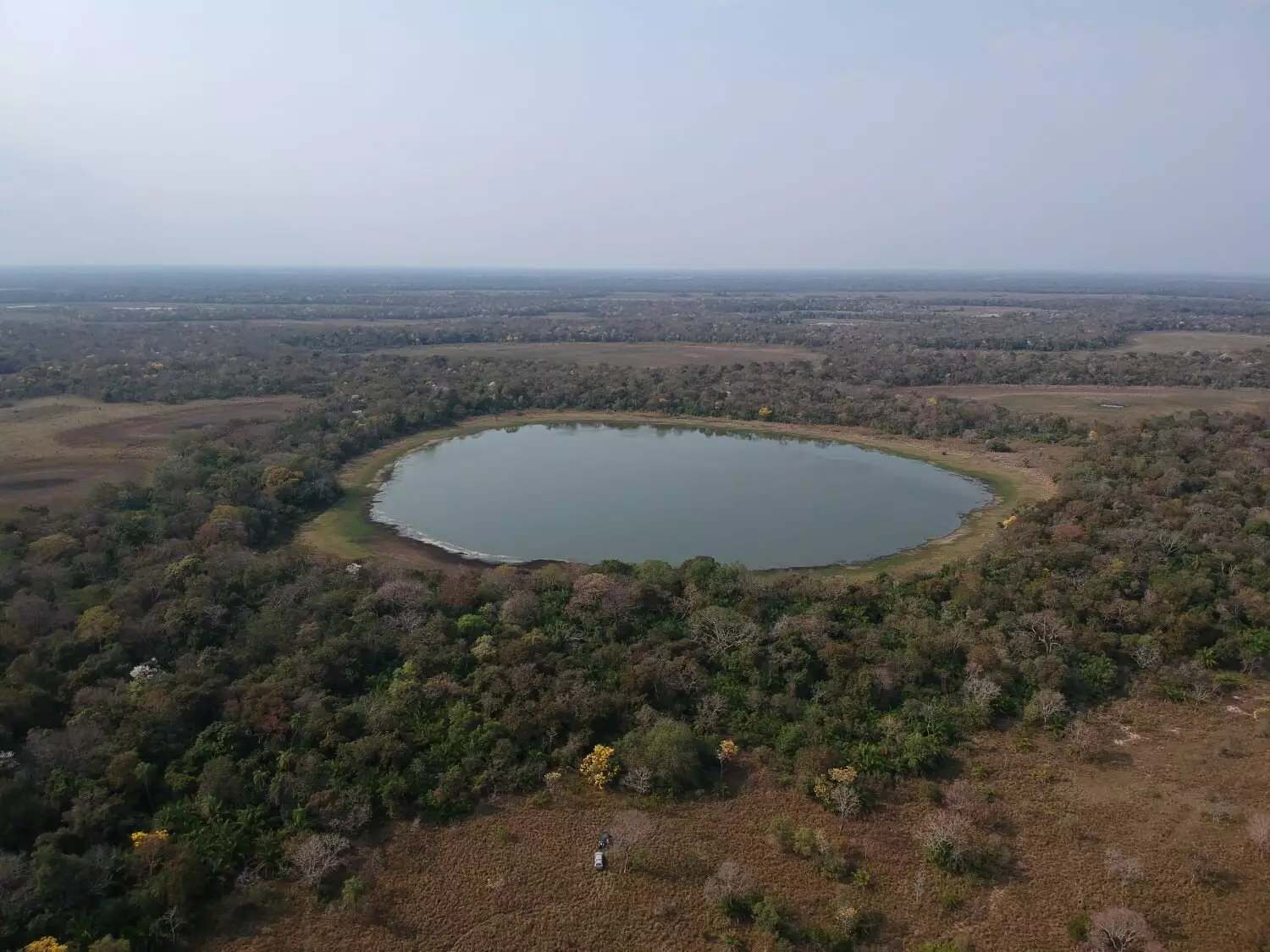The Pantanal, recognized as the largest tropical wetland globally, encompasses approximately 153,000 km² primarily in Brazil, with extensions into Bolivia and Paraguay. This vast ecosystem, characterized by a blend of seasonal climates, presents a unique environment for soda lakes — shallow bodies of water defined by their alkaline nature and elevated pH levels often reaching 11. With around 900 soda lakes scattered across this region, their ecological significance is being reevaluated in light of recent scientific research. Studies conducted by researchers from the University of São Paulo (USP) and the Federal University of São Carlos (UFSCar) are shedding light on the role of these lakes in greenhouse gas emissions, an aspect that has been less scrutinized compared to emissions from traditional freshwater lakes.
Understanding the composition and functions of microbial communities within these lakes is crucial. Alkaline conditions significantly affect the microbial life, altering the diversity and metabolic processes of plankton. Recent studies highlight the pressing need to incorporate these biological factors into greenhouse gas emission models to better predict responses to environmental fluctuations, such as extreme weather events and wildfires.
In recent years, the Pantanal has been besieged by extreme droughts and unprecedented wildfires. The year 2020 was particularly alarming, with fire incidents reaching a staggering 22,116 according to data from Brazil’s National Space Research Institute (INPE). The dry conditions not only threaten the unique biodiversity of the region but also exacerbate greenhouse gas emissions from these soda lakes. As reported in early 2024, there have already been 9,167 fire events, surpassing the total number reported in any of the previous three years.
These changes pose a dual threat: they not only diminish the natural beauty and biodiversity of the Pantanal but also influence its role as a carbon sink. The continued rise in temperatures and altered rainfall patterns may lead to further ecological decline, disrupting the delicate balance that sustains plankton and microbial life within these lakes.
The recent investigation classifies the soda lakes into three key categories based on their water chemistry and associated microbial communities. These include eutrophic turbid (ET), oligotrophic turbid (OT), and clear vegetated oligotrophic (CVO). ET lakes, rich in nutrients and often teeming with cyanobacterial blooms, are found to be significant sources of methane due to the decomposition of organic materials. This microbial activity, especially during drought conditions, accelerates methane production, pushing these lakes to the forefront of discussions surrounding greenhouse gas emissions.
Conversely, OT lakes demonstrated a surprising lack of methane emissions, possibly due to elevated sulfate levels that inhibit methane-producing archaea. However, they still contribute to the emissions of carbon dioxide and nitrous oxide. The findings indicate a complex interplay between the lakes’ biogeochemistry and the environmental stressors these ecosystems face.
The imprints of climate change are starkly visible in the Pantanal. Satellite imagery from 2000 to 2022 shows a significant reduction in water coverage, accompanied by a dramatic increase in cyanobacteria prevalence. The ecological impact is profound: these blooming microorganisms not only alter the chemical makeup of the water but also suggest that these soda lakes could soon transition into major contributors to global greenhouse gas emissions.
Researchers are increasingly focusing on the biogeochemical cycles within these lakes while investigating how historical geological factors contribute to their current state. The ecological repercussions extend beyond the soda lakes themselves, affecting the biodiversity of the entire Pantanal region, which supports over 2,000 plant and 580 bird species.
As the scientific community strives to comprehend these changes better, it becomes clear that micro-organisms are foundational to the ecological processes within the soda lakes. By facilitating nutrient cycling, they support diverse biological functioning. The urgency to develop comprehensive models for emissions from these lakes is underscored, especially as researchers work to quantify their contributions to global greenhouse gas levels.
Future efforts will need to encompass an integrated approach, combining ongoing research with practical mitigation strategies to address rising cyanobacteria concentrations and climate change impacts. Collective efforts will play a vital role in preserving the integrity of the Pantanal and its soda lakes, ensuring they continue to thrive rather than become environmental liabilities.
The soda lakes of the Pantanal hold significant potential for understanding the complex interactions between climate change, biodiversity, and greenhouse gas emissions. As research continues to unravel their intricacies, it highlights an urgent need for focused environmental management and conservation efforts in this unique and vital ecosystem.


Leave a Reply